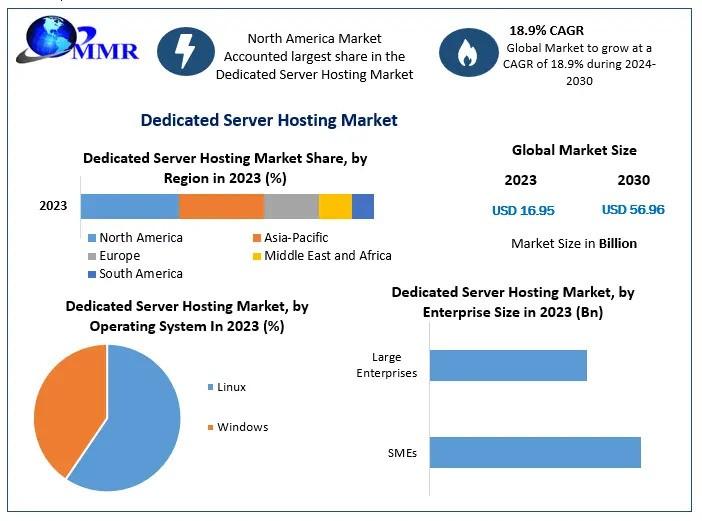
How it works
Speed test calculates the speed of your internet connection and measures the response time based on
communication between your device and a dedicated server in our global network.
When you push the “Run test” button, your browser sends a signal to the server to initiate the
testing procedure. The server then sends small packets of data to your device measuring how much
data it can receive in a certain amount of time and the time required to deliver responses. During
this interval, the tool estimates the measurements and translates them into Mbps (megabits per
second) and ms (milliseconds).
A testing server is assigned automatically based on preliminary latency assessment, but you could
select another from 25+ servers on 6 continents. Keep in mind that latency (ping and jitter metrics)
is very sensitive to distance and strongly correlates with server location.
Download speed
Download speed is a main metric if you’re wondering how fast your internet is. It shows how much
data you can retrieve in a certain amount of time from a server on the web. The higher the download
speed, the faster a website will be opened or a file saved on your device.
A good download speed is at least 100 Mbps: it’s enough for watching Netflix and
browsing the web on several devices simultaneously. If your result is about 25 Mbps, you can stream
HD video, have a Zoom meeting, and search the web without any issues but only on a single device.
Upload speed
Upload speed shows how much data you can send in a certain amount of time to a server on the web.
This metric is important when making video calls, uploading videos on YouTube, or saving backups to
the cloud.
Because a typical user spends most of their time downloading data from the internet, many internet
service providers (ISPs) traditionally offer an asymmetrical connection when a decent downloading
rate comes together with a lower upload speed. The situation is changing, but in many cases, the
upload speed could still be up to 10-15 times lower than downloading. Therefore,
10 Mbps is considered a fast upload speed.
What is Ping
The latency or ping is the time needed for a signal to travel to a destination and return. It can
also be called the response time of the network. This is a fundamental aspect of digital
communication: determining how quickly you can establish a connection with a server and how fast its
answer will be.
Ping strongly depends on the distance between the server and the user. In theory, every 96 km (60
miles) of distance adds about 1 ms to your latency. But in practice, there are many factors
negatively affecting this value. For example, communicating with a server on the other side of the
globe, your latency wouldn’t be lower than 200-300 ms. There are several ways and services to
mitigate this issue
(like using CDN),
but in general, this fact is inevitable for networking.
Ping amounts of 50-100 ms are average for general internet tasks like web browsing.
For latency-sensitive activities like video calls or online gaming, acceptable amounts of ping are
in the range of 15-30 ms.
What is Jitter
Jitter (or Packet Delay Variation, PDV) is a more profound latency metric. It shows the variation in
response time results of your network connection within a certain period of time. Having high
amounts of jitter means that transferring data packets will arrive at irregular intervals and could
have the wrong sequence. The jitter increases when your connection is experiencing network
congestion or, for example, traveling through many outdated routers.
This metric is very important for any kind of real-time communication, such as voice or video calls.
With a high amount of jitter, your packets will be sent out of order, and it can cause connectivity
problems such as echoing, distortion, pixelated video, or choppy audio.
The acceptable level of jitter for an internet connection is anywhere below 30 ms.
Theoretically, the perfect jitter value is about 1% of the latency.
https://speedtest.gcore.com/






